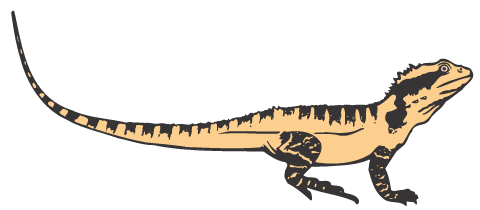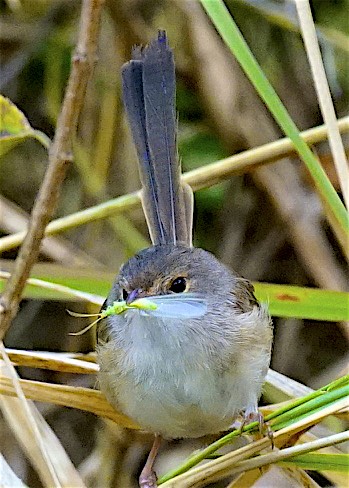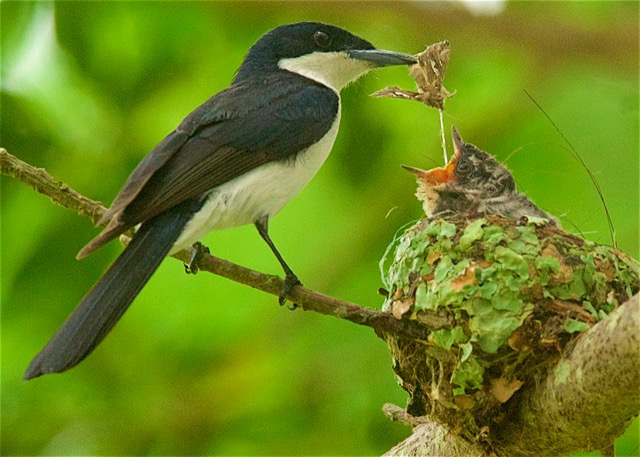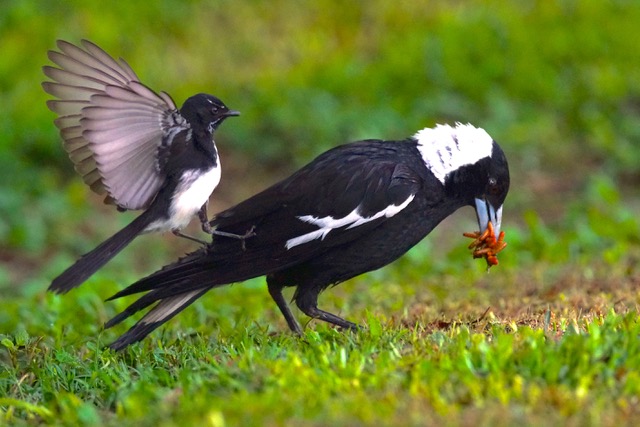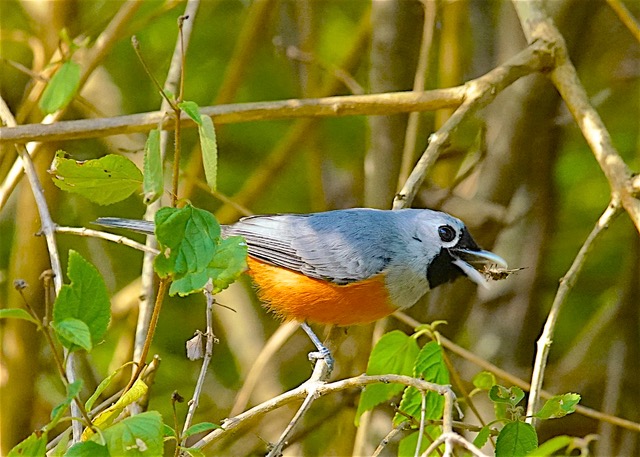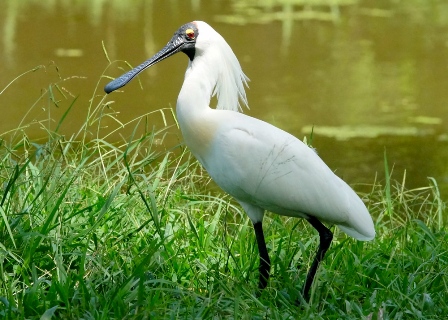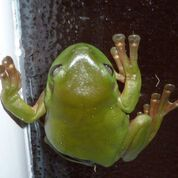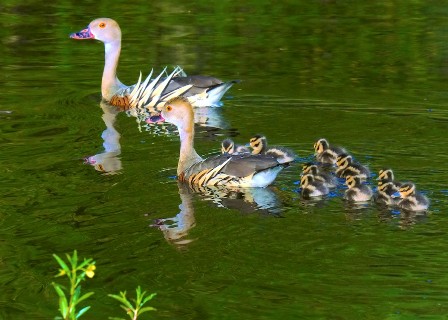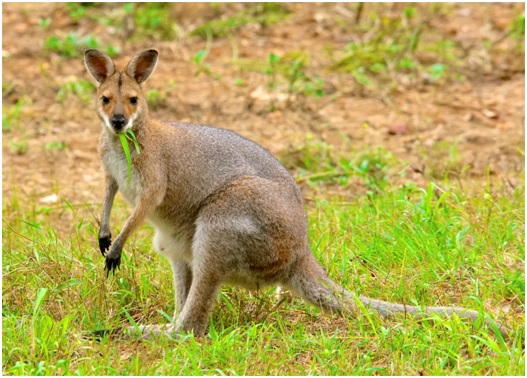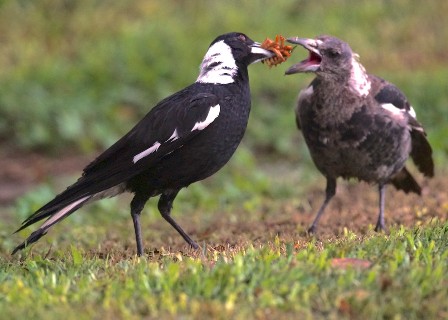Brisbane City Council announced that the development application for the controversial Mt Coot-tha Zipline was approved 1 February 2019.
More than 3600 submissions were sent to Council during the assessment process which closed 31 December last year. Despite the approval by Council, many of these are believed to have opposed the development, mainly due to environmental concerns.
Construction of the three-stage zipline is scheduled to start mid 2019, with the 3 stages due for completion in 2020.
It is important to note, however, that Mt Coot-tha lies on trust land. This may prevent approval of its use for commercial purposes. Due to this, the viability of the project is still subject to approval by the State Government.
Information about the Council’s Zipline plans and opposing community concerns is available at the following websites:
